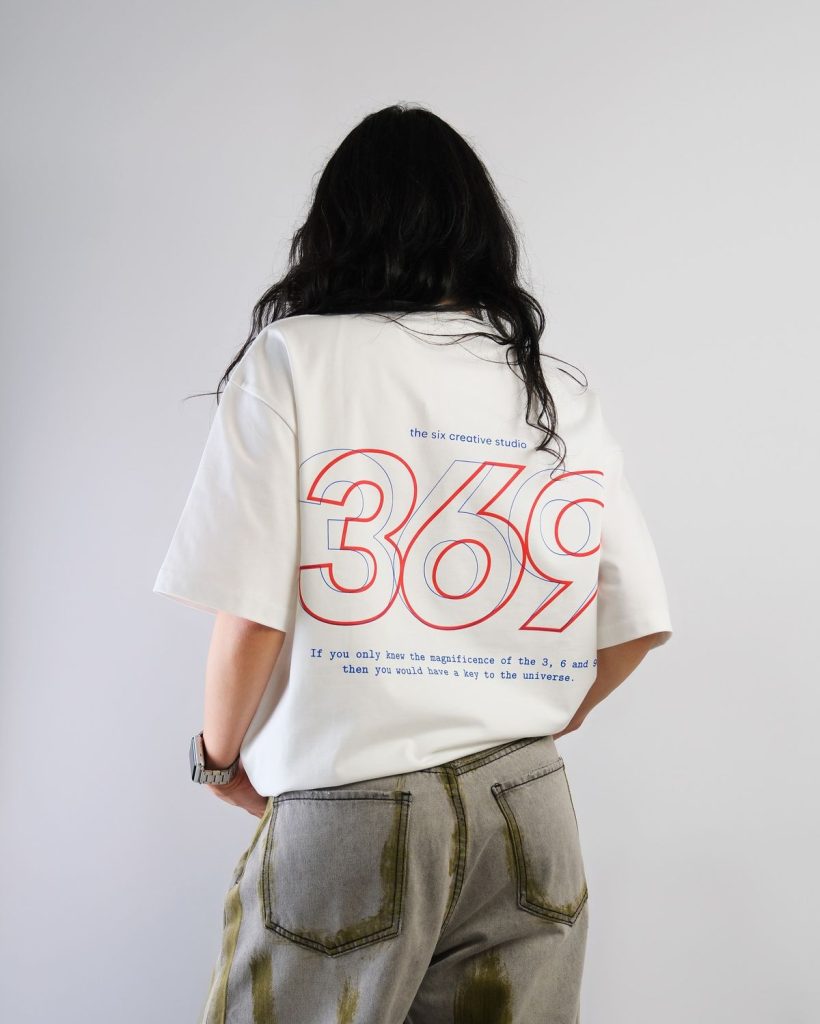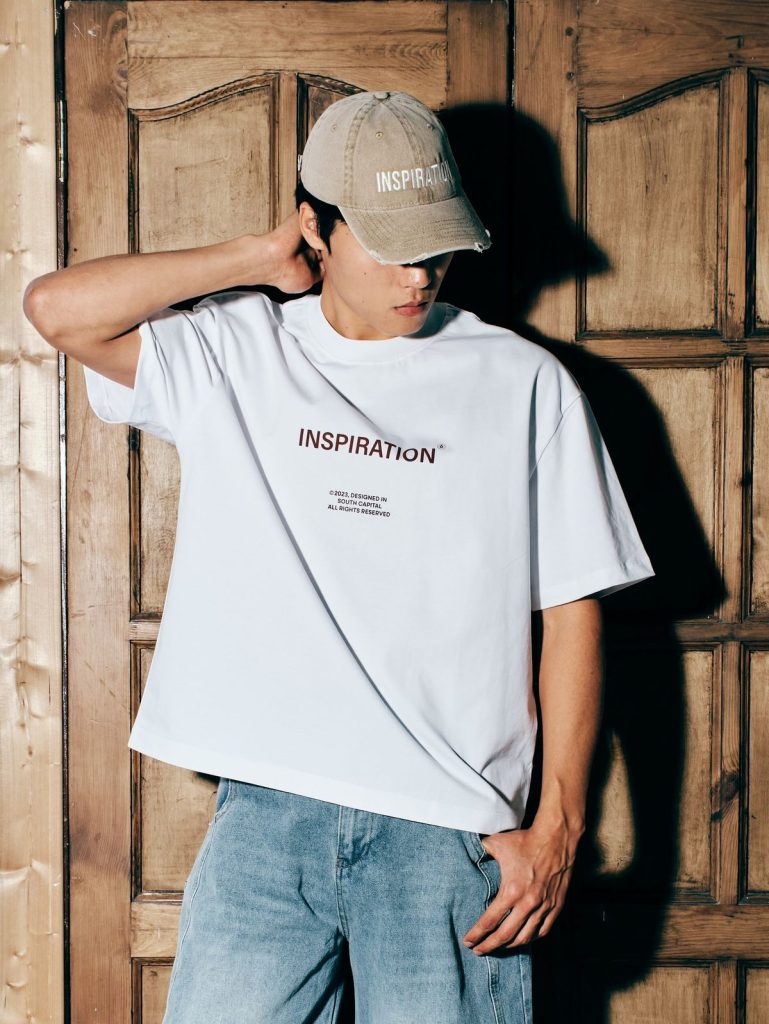Introduction
The fusion of technology and fashion has never been more dynamic than in 2025. What began as subtle experiments in digital printing and material manipulation has now evolved into a full-scale revolution where art, science, and design intersect. Clothing no longer exists only as fabric stitched together but as a canvas for advanced innovation. From garments adorned with hyper-realistic digital prints to structures sculpted with 3D patterning techniques, today’s apparel demonstrates the limitless possibilities that emerge when technology meets creativity.
This intersection is redefining the rules of the industry. Designers are no longer bound by traditional weaving or dyeing processes; instead, they can program patterns, render them in software, and materialize them through advanced machinery. The result is clothing that feels futuristic, expressive, and personal. More importantly, digital prints and 3D patterns are not simply aesthetic choices—they symbolize a cultural shift toward sustainability, customization, and inclusivity.
The question is no longer whether technology belongs in fashion but how it will continue to shape the way we create, wear, and interpret apparel. In this new landscape, every garment becomes more than an outfit—it is a narrative of innovation and an embodiment of the times.
The Rise of Digital Printing in Fashion
Digital printing has transformed the way fabrics are designed and produced. Unlike traditional screen printing, which relies on stencils and is limited in complexity, digital methods allow for an infinite range of colors, gradients, and intricate details to be applied directly onto textiles. This technology has opened the door to hyper-realistic visuals, photographic precision, and patterns that could not be achieved by hand.
For designers, digital printing means speed and flexibility. A concept can be visualized on a computer, printed onto fabric within hours, and then turned into a wearable prototype almost immediately. This accelerated cycle allows brands to remain relevant in a fast-moving market while minimizing the waste associated with conventional processes.
More importantly, digital printing supports individuality. In an era where consumers are drawn to self-expression, the ability to create one-of-a-kind prints that reflect personal identity has redefined the role of clothing. Each digitally printed garment becomes a statement piece, carrying not just a design but an identity encoded into fabric.
3D Patterns and the Future of Apparel Construction
If digital printing has reshaped the surface of textiles, 3D patterning has transformed their structure. Traditional garment-making relies on flat patterns that must be cut and sewn together to create form. In contrast, 3D design technologies enable clothing to be modeled digitally as sculptural objects, ensuring precision in fit and movement.
3D patterns allow for architectural experimentation. Designers can create complex geometries, layered volumes, and futuristic silhouettes that would be impossible with conventional methods. From pleated structures that move like living organisms to sculptural gowns with gravity-defying shapes, 3D apparel embodies the daring spirit of modern fashion.
Beyond aesthetics, 3D construction also contributes to sustainability. Because garments are designed and visualized virtually before production, there is less waste of fabric. Prototypes can be tested digitally, reducing the need for multiple physical samples. The technology also supports on-demand production, minimizing overstock and aligning with eco-conscious values that dominate the fashion conversation in 2025.
Where Technology and Art Collide
At its core, the integration of digital prints and 3D patterns is not simply about innovation—it’s about artistry. The runway has become a gallery where fashion functions as wearable digital art. With every collection, designers push the boundaries of imagination, transforming garments into living canvases.
Some collections integrate digital prints that shift color under light, creating the illusion of movement. Others use 3D sculpting techniques to merge fabric with form in ways that mimic nature, architecture, or even digital landscapes. The marriage of technology and fashion allows for an exploration of themes like identity, futurism, and cultural commentary in ways that were once unimaginable.
In this sense, fashion is no longer just about clothing—it is a medium of storytelling where digital tools enhance, amplify, and redefine human creativity.



